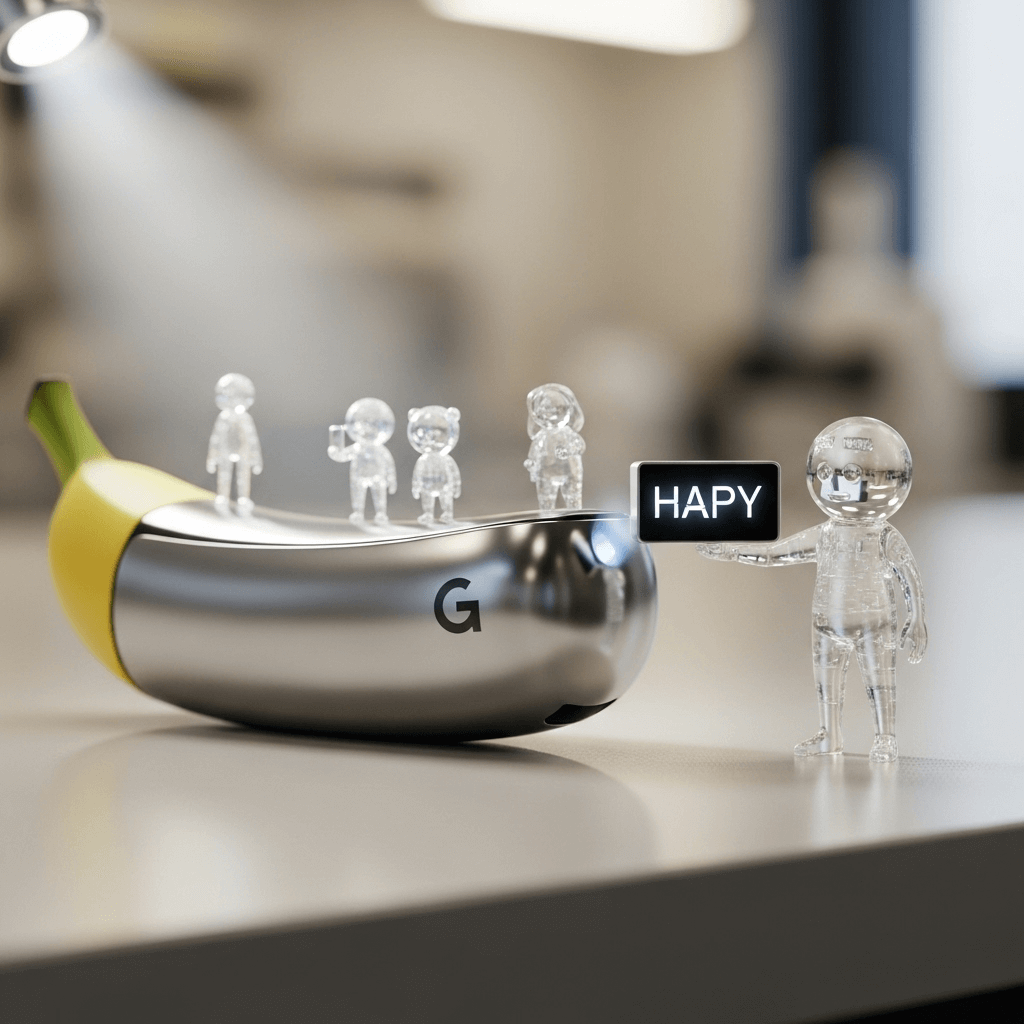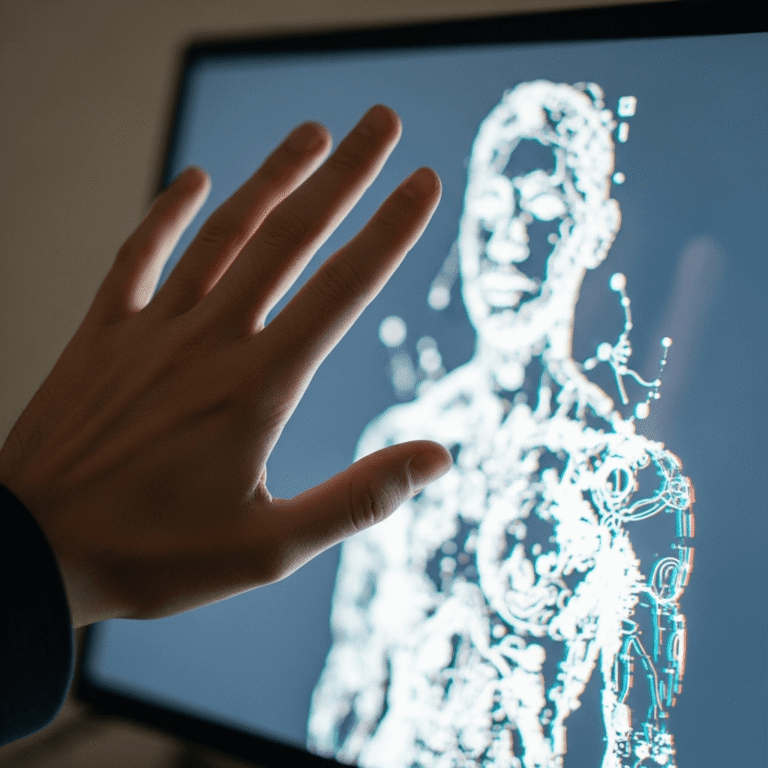Google Nano Banana AI: Viral 3D, Spelling Errors, Credits
Google has recently unveiled a fascinating new AI tool, dubbed “Nano Banana,” which promises to revolutionize 3D content creation. This innovative technology aims to help users generate viral 3D models with remarkable ease. However, early observations reveal a curious flaw: the tool frequently misspells simple words like “happy,” and consequently, it charges users 8 credits for these imperfect outputs. This raises questions about AI accuracy and user value.
Unveiling Google’s Nano Banana: A New Era for 3D Creation
Google’s latest venture into artificial intelligence brings forth the intriguing “Nano Banana,” a powerful AI-driven platform designed to make 3D model generation accessible and swift. Effectively, this tool allows creators to transform ideas into captivating three-dimensional figures, which hold significant potential for becoming viral sensations across social media and digital platforms. Imagine effortlessly crafting intricate objects, characters, or scenes that would traditionally require extensive design expertise and software. Google Nano Banana represents a leap forward, democratizing the creation of viral 3D figures and potentially empowering a new wave of digital artists and marketers. Furthermore, this AI-powered 3D creation tool seeks to simplify a complex process, offering an exciting glimpse into the future of content generation.
The Peculiar Pitfalls: Spelling Errors and Credit Costs
Despite its impressive capabilities, the Google Nano Banana tool encounters some unexpected hurdles that impact user experience. Interestingly, users have observed that the system occasionally makes basic spelling errors, such as rendering “happy” as “hapy.” This might seem like a minor glitch, but it highlights a significant challenge in advanced AI development: ensuring fundamental accuracy, especially when text prompts or labels are involved in 3D model generation. If an AI struggles with simple spelling, users might question its reliability for more complex tasks. Consequently, these Nano Banana errors affect the quality of the generated models, despite the tool’s core promise.
Moreover, the operational model of “Nano Banana” introduces another layer of concern: its credit system. Each attempt to generate a 3D model, even one marred by spelling mistakes, consumes 8 credits from the user’s account. This means users are effectively paying for flawed outputs. For creators relying on precise results, this becomes a frustrating and costly proposition. Therefore, the combination of inexplicable AI spelling mistakes and the non-refundable credit consumption for imperfect models prompts a critical discussion about the balance between innovation and user value in new AI technologies. Companies like Google must consider the impact of such issues on user trust and the overall adoption of these cutting-edge tools.
In summary, Google’s Nano Banana offers revolutionary potential for creating viral 3D models, marking an exciting advancement in AI-driven design. However, it currently faces challenges, including peculiar spelling errors and a credit system that charges for imperfect results. As AI technology continues to evolve, balancing groundbreaking innovation with essential accuracy and user-friendly cost models will be crucial for widespread adoption and user satisfaction.
Get More info from: NDTV Profit







